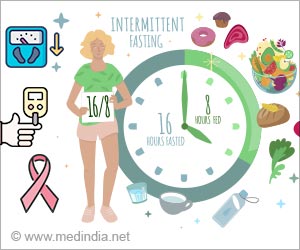A team from the University of Missouri, including two Indian origin engineers, have now developed a technique which may help detection of food contamination and help make it more rapid and accurate.

"Quickly stopping the spread of toxins saves lives, whether those toxins are from natural processes or enemy attacks," said lead author Sangho Bok, postdoctoral fellow working under the supervision of Shubhra Gangopadhyay in MU's College of Engineering.
"Our technique uses nanoparticles to make detection one hundred times more sensitive than the standard method now used, known as ELISA. We have also reduced the time needed to detect a threat to only one hour, compared to four to six hours for ELISA," he added.
Currently, Bok's testing method detects a toxin that causes food poisoning, a chemical known as Clostriudium botulinum neurotoxin A. Engineers and biologists at MU now seek to adapt the test to detect many other dangerous chemicals.
Beyond helping protect people from deadly toxins, Bok's technique may bring jobs and foreign investment to America.
Study co-author and MU research professor, Keshab Gangopadhyay, hopes to open a factory in Missouri that will manufacture the nanoparticles used in the detection technique. To achieve this goal, Gangopadhyay founded Nanos Technologies LLC.
Advertisement
The study was published in Biosensors and Bioelectronics.
Advertisement














